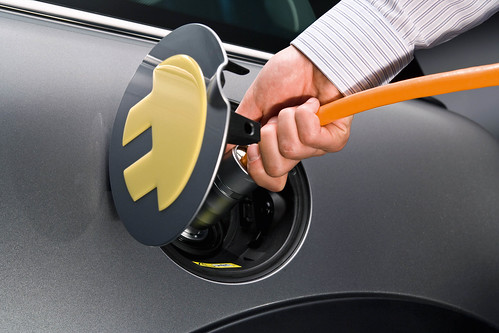All along BMW was very upfront about the MINI E being a field study for future electric vehicles. That includes finding out best practices for dealing with infrastructure and even arcane local laws. The Automotive News sat down with BMW NA CEO Jim O ‘Donnell about the MINI E and how some of those infrastructure issues are affecting deliveries.
> “We are learning a heck of a lot just about the sheer infrastructure, ” says Jim O ‘Donnell, CEO of BMW of North America. “When we bring out another electric car, we will be in a great position because we know all the wrinkles. “
>There should be more cars on the roads. But after more than six months of addressing regulatory hurdles, Mini has yet to get approval to install more than 30 additional fast-charge boxes in New Jersey. With a 240-volt box, the Mini E can be recharged in three hours rather than the 21 hours needed using 110-volt power.
> “If you are in a house with a normal supply and you want to bring a 240-volt [charger], you have to have an agreement from the power utility, ” O ‘Donnell says. “New Jersey is the most difficult because there are so many local authorities. ”
It ‘s this kind of issue that BMW was hoping to uncover in launching the MINI E. Although undoubtedly they would have preferred something a little less painful and public.


